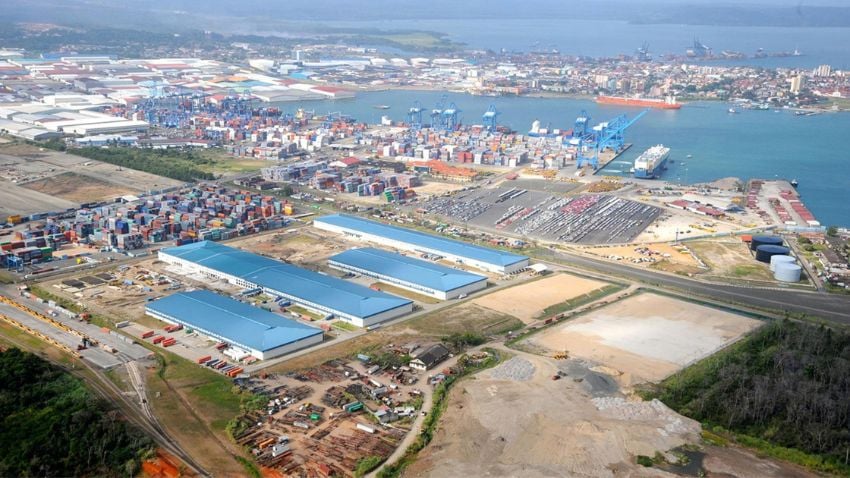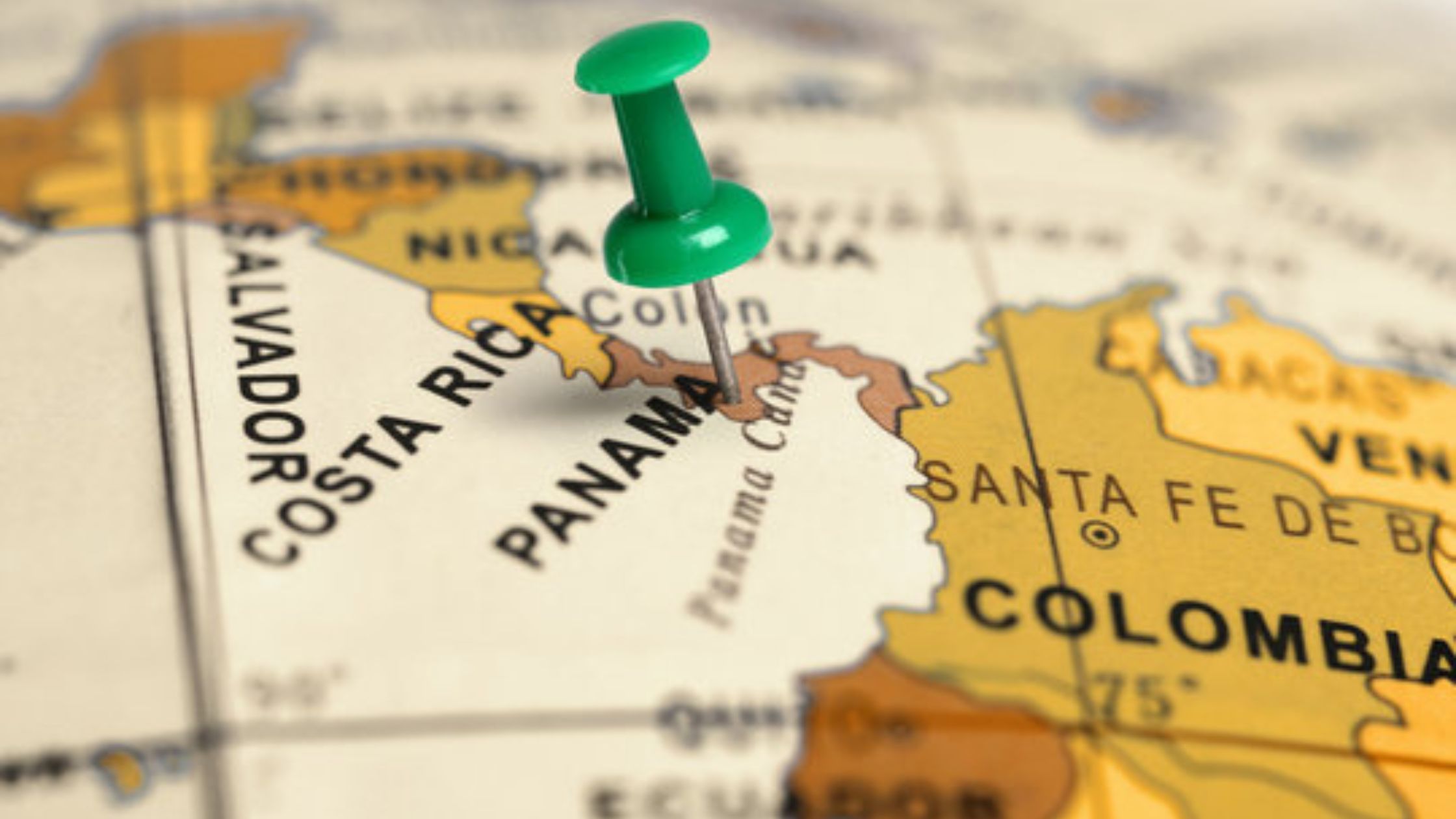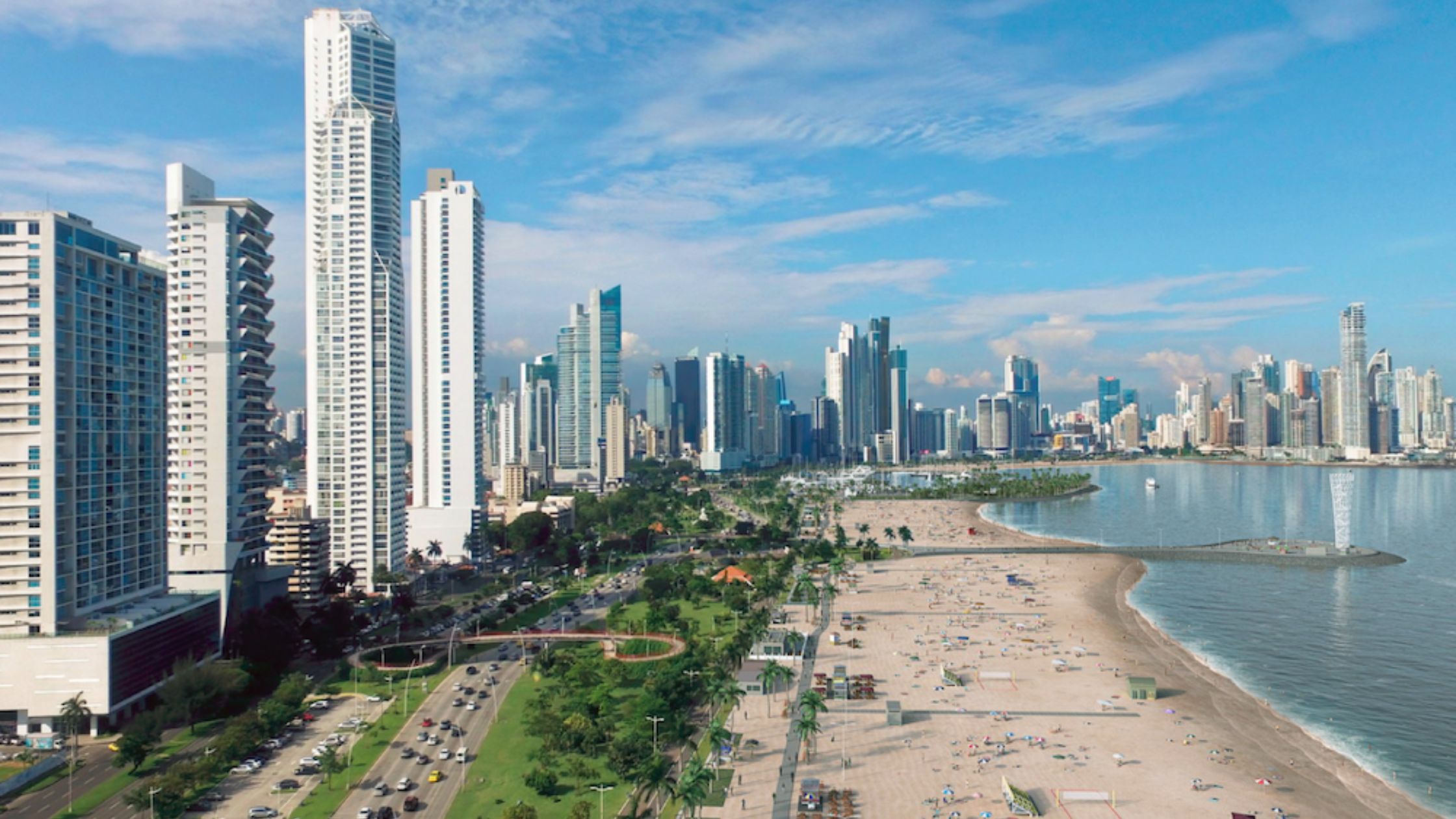The Different Types Of Residency You Need To Know
People choose the expat lifestyle for many reasons. Some seek greater personal freedom and better financial opportunities, while others want a lower...

5 min read
Panama Pacifico and the Colon Free Trade Zone are special economic regions within Panama that enjoy favourable tax status in order to encourage foreign trade and commerce within the region.
Their creation is part of the Panamanian government's ongoing strategy to transform their strategically located nation into a main logistical hub for the import and export of goods around the world. Their efforts have born fruit, with Panama experiencing economic growth that averaged 7% between 2001 and 2013, and slightly declining but still strong results in subsequent years up until the Covid 19 pandemic.
Panama is an excellent country because of its strategic location, political stability, and personal safety. It is an amazing tropical country with incredible biodiversity, beautiful places to visit, and a highly active nightlife for those who enjoy it. A gateway to both North and South America, Panama is a central transit hub with easy access to countless incredible travel destinations in the Caribbean, South America, and Central America, facilitating logistical services and transportation through the Panama Canal and its excellent infrastructure. The government is stable, as is the banking and financial sector, which makes it an ideal retirement destination for pensioners looking for peace and quiet.

The Colon Free Trade Zone is located strategically close to Panama City
The Colon Free Trade Zone, 600 acres in size, is the second-largest free port in the world. Established in 1948, companies operating within the Colon Free Trade Zone do not have to pay any taxes on income earned from the activities within the zone, and products that are imported or exported there are not subject to tariffs, quotas, or other restrictions. Thus, this area has become a massive hub for the importation of goods to nearby countries and for the exportation of goods from nearby countries to Asia, Europe, and other foreign markets. These strategic areas play a crucial role in shaping the country's economic landscape and enhancing its position on the world stage.
2021, with the effects of the COVID 19 pandemic and government response still lingering, saw only nine billion dollars worth of goods being imported and nine billion dollars worth of goods being re-exported from the Colon Free Trade Zone. This is down sharply from a high of sixteen billion in re-exports and twelve billion in imports in 2011. This decline could be attributed to the economic troubles in Venezuela, and tariffs imposed by Colombia, historically two of the largest importers of goods through the Colon Free Trade Zone.
There are a lot of advantages to doing business with a free trade zone. Not only can you avoid paying taxes or tariffs on goods that you are importing or exporting, but you can also avoid the hassle of customs inspections and dealing with the bureaucracy that entails. More than 3000 companies do business within the Colon Free Trade zone, employing more than 30,000 workers.
While a wide degree of latitude is given to companies operating within the Colon Free Trade Zone, it is not a free for all. Business activities within the region are limited to the importation, exportation, and re-exportation of goods, as well as manufacturing, sales and distribution, processing, and activities that are incidental to operating within the free trade zone. Operation permits are also required.
One of the primary focuses of the Colon Free Trade Zone is the export of consumer goods from the United States to Latin America, including but not limited to Colombia, Ecuador, and the Dominican Republic. Still, China and Hong Kong are the dominant players, with market shares of 27% and 19% respectively of goods that are imported by Central and South American countries through the Colon Free Trade Zone. The United States makes up only 9% of the market.
Related content: The Basics Of How To Get A Second Passport Or A Second Residency

Map of Panama
Panama Pacifico is another special economic region in Panama that started operating in 2007 and is located where the American Howard Air Force base used to be. Like the Colon Free Trade Zone, it is located strategically close to Panama City. In addition to a business and industrial park, Panama Pacifico also hosts a number of retail and residential amenities, and a cluster of Panamanian state agencies to allow for easy access to state officials on the part of businesses seeking to comply with their regulatory burden. Panama Pacifico encompasses a massive 2,500-hectare area.
Businesses that are located within the Panama Pacifico area are exempt from all taxes normally imposed by the Panamanian government so long as their activities fall within the following categories, according to a Harvard study:
Back office operations;
Logistical services;
Call Centers;
High-tech products and process manufacturing;
Offshore services;
Digital & data transmission;
Multinational headquarters;
Film industry;
Maintenance, repair, and overhaul of airplanes;
Aviation and airport-related services;
Transfer of goods and services to ships and their passengers and distribution centers.
At Panama Pacifico, companies have access to state-of-the-art infrastructure, cutting-edge technology, and a wealth of knowledge from experts in diverse fields. This synergy has propelled Panama Pacifico into one of the Americas' premier logistics and industrial areas. Its strategic location, adjacent to the Panama Canal and the Pacific Ocean, makes it a prime choice for export operations, further solidifying Panama's role as a global trading hub.
Today Panama Pacifico is one of the world’s most successful special economic zone, having created more than ten thousand lucrative jobs and attracted a substantial amount of foreign investment. There are also substantial “spillover” benefits for the Panamanian economy to having the special economic zones in place, as entrepreneurs attracted by the program create businesses throughout the rest of Panama creating jobs and prosperity.

The Colon Free Trade Zone has been attracting foreign investment
In contrast, the Colon Free Trade Zone, established in 1948, is one of the world's oldest and largest free trade zones. Its primary purpose is to encourage trade by offering tax incentives, regulatory flexibility, and reduced customs duties. The Colon Free Trade Zone has long been a driving force behind the development of Colon City and the surrounding areas.
Both Panama Pacifico and the Colon Free Trade Zone have been a tremendous success in attracting foreign investment and creating high-paying jobs for Panamanian workers. The Colon Free Trade Zone itself represents about 4% of Panamanian GDP, and Panama Pacifico has managed to attract some large multinational firms such as 3M and Caterpillar.
Panama has historically attracted more foreign investment than other Central American nations, rivalled only by Costa Rica, on account of the rapidly growing economy, the general political stability, and pro-business policies pursued by consecutive Panamanian governments. While the special economic zones only account for a fraction of that investment, they have played their part.
When you look at the tremendous economic success of Panama over the last 20 years, with per capita income tripling and posting very strong GDP growth, certainly they must be doing something right. While the special economic zones are just one part of a broader strategy, the Panamanian government’s strategy of attracting foreign multinational companies to relocate and encouraging foreign investment through tax benefits and trade incentives seems to be working.
As well as attracting foreign business and investment, Panama Pacifico, in particular, has been attracting both foreign investors and skilled foreign workers. This increase in expats associated with the zone, boosted by favourable immigration and labour policies, will be an additional long-term boon to the Panamanian economy.
The zone encompasses a wide range of industries, from textiles and electronics to manufacturing and distribution. These companies benefit not only from favourable regulations but also from the proximity to the Caribbean and Atlantic shipping routes. As a result, the Colon Free Trade Zone has grown to be a vital link in the global supply chain, enabling efficient trade flows between the Americas and the rest of the world.
To ensure smooth operation and compliance with international trade regulations, both Panama Pacifico and the Colon Free Trade Zone have established strict rules and regulations. These are designed to maintain the integrity of the free trade zones while simultaneously promoting business growth and employment opportunities.
Moreover, technology plays a pivotal role in both zones, driving innovation and efficiency. State-of-the-art IT infrastructure and digital tools enable companies to streamline their operations and enhance their competitiveness in the global market.

Las Americas Bridge, Panama
In conclusion, Panama Pacifico and the Colon Free Trade Zone are testaments to the transformative power of free trade zones in promoting economic development, attracting foreign investment, and facilitating international trade. These dynamic areas in Panama exemplify how strategic planning, favourable regulations, and a commitment to technological advancement can create vibrant ecosystems that benefit not only local businesses but also the global economy. As they continue to evolve and adapt to changing market dynamics, these zones will remain integral to Panama's role as a key player in the Americas' trade and logistics landscape.
If you want the best intel from the expat world, including profitable offshore opportunities, little-known tax-saving strategies, and hard-won insights on immigration, passports, and Plan-B residencies, all delivered to your inbox every single week, then join our daily correspondence, EMS Pulse®. Currently enjoyed by over 84,000 expats and expat-hopefuls worldwide. Fill in the form below to join our newsletter free:

Written by Mikkel Thorup
Mikkel Thorup is the world’s most sought-after expat consultant. He focuses on helping high-net-worth private clients to legally mitigate tax liabilities, obtain a second residency and citizenship, and assemble a portfolio of foreign investments including international real estate, timber plantations, agricultural land and other hard-money tangible assets. Mikkel is the Founder and CEO at Expat Money®, a private consulting firm started in 2017. He hosts the popular weekly podcast, the Expat Money Show, and wrote the definitive #1-Best Selling book Expat Secrets - How To Pay Zero Taxes, Live Overseas And Make Giant Piles Of Money, and his second book: Expats Guide On Moving To Mexico.
.jpg)
People choose the expat lifestyle for many reasons. Some seek greater personal freedom and better financial opportunities, while others want a lower...

Every year brings new lessons, opportunities, and milestones worth revisiting. As 2025 comes to a close, we’re taking a moment to reflect on the...

Latin America has become one of the most straightforward regions in the world for securing residency. Most countries in the region offer simple,...